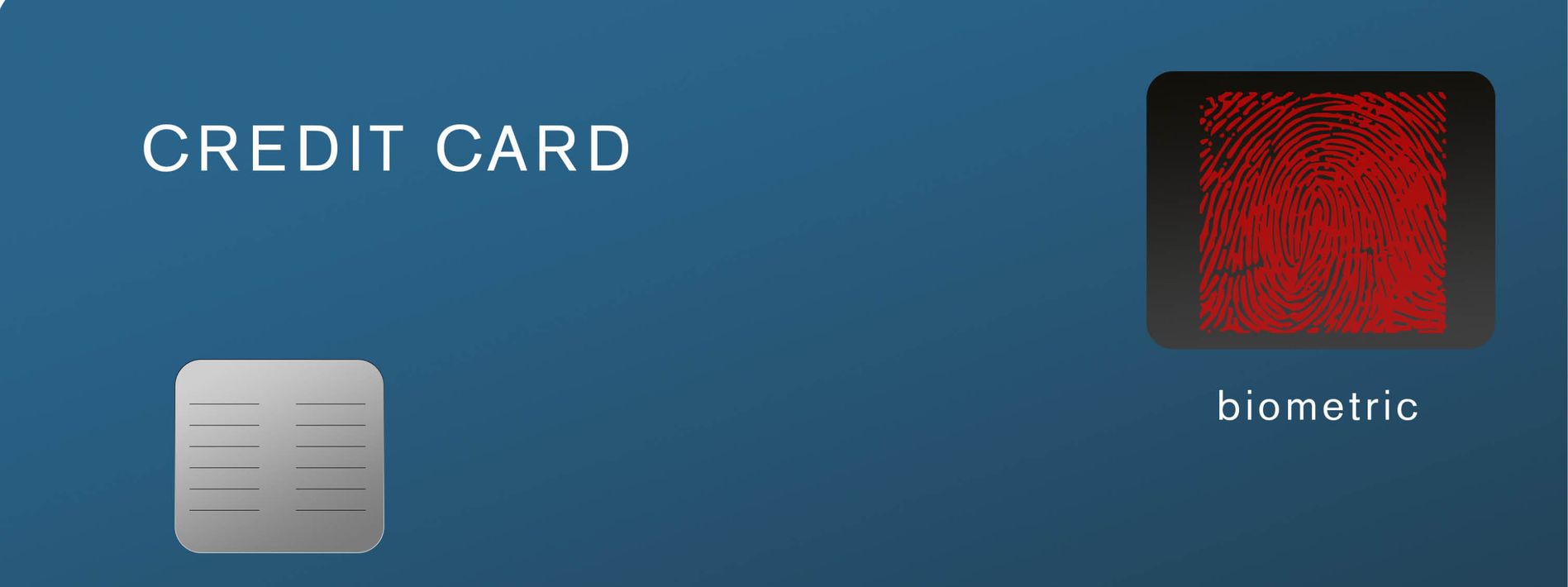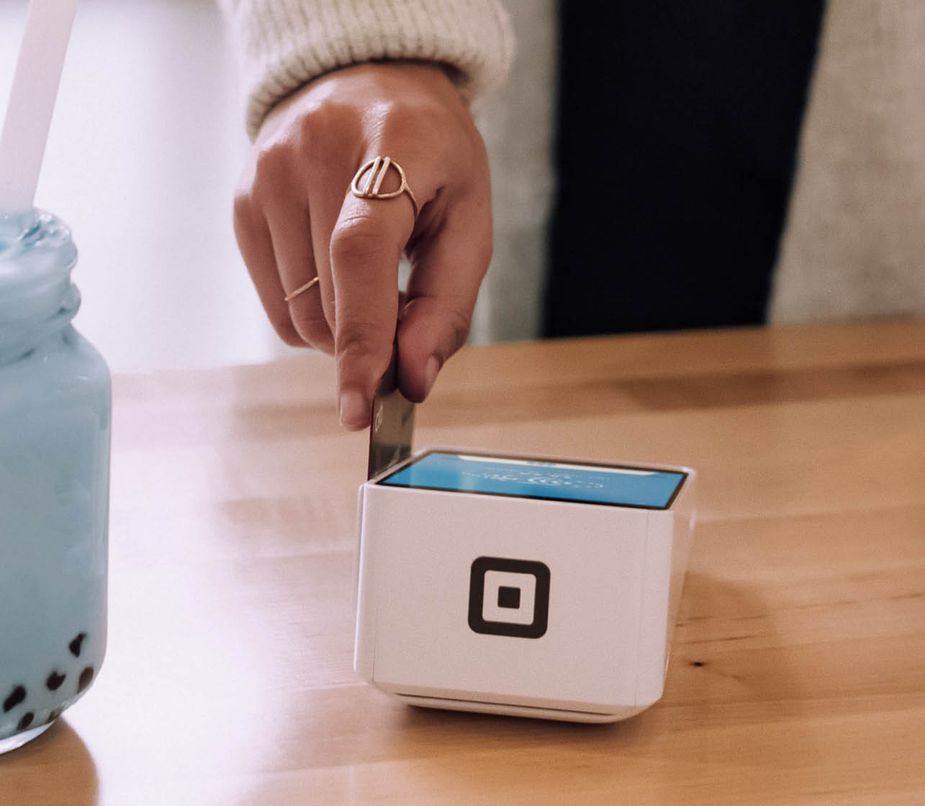Since the launch of contactless just over a decade ago, innovation in payment cards has struggled to keep pace. While card payments themselves have steadily risen, in an increasingly mobile and digital age, many are already predicting the death of the card.
The beginning of the end for the payment card? Not quite. In recent years, we’ve seen the development and launch of new, non-standard cards that are giving the form factor the boost it needs to continue to thrive.
Undoubtedly, digital services will continue to gather momentum - but we aren’t saying goodbye to the trusted payment card just yet. In fact, many are even citing the rise of contactless payment cards as actually slowing the adoption of mobile payments. Here’s some of the latest trends bringing new life to consumers’ wallets.
The biometrics boost!
Contactless card adoption has rapidly increased in recent years, especially across Europe. But fear of fraud is a major concern that’s been limiting consumer adoption. And the stats show it’s not just scaremongering. Fraud is on the rise in ‘tap-happy’ markets, with more than half of the UK’s card fraud now linked to contactless cards. As a result, consumers are more aware than ever of the security risks.
But the entrance of biometric security might just be the answer. Already commonplace in smartphones, the addition of fingerprint sensors to payment cards is bringing security to contactless, without compromising the much-loved user experience.
The last two years has seen a number of bank pilots of the technology announced globally, including major players such as Crédit Agricole and NatWest. With 117 million biometric payment cards predicted to be in use globally by 2023, this is one card technology worth keeping an eye on.
This wave of innovation is making the card more secure, stylish and convenient. Consumers want choice, flexibility and security, and the new-age of card is shaping up to be the perfect partner to mobile and online services.
Stéphanie El Rhomri
VP Testing Services at FimeSound and vision
It’s not just fingerprint sensors we’re seeing embedded into cards either. LED display screens are also growing in popularity, with a range of new functions in trial: from one-time passcodes (OTP) for added security, to account balances to help manage spending.
These are gaining traction across the globe, too. Earlier this year, RHB bank in Malaysia launched a card that displays a dynamic security code - CVV2 – that regularly changes automatically. Replacing the static CVV code on the back of cards, this brings greater security to online card payments without harming convenience.

Cards get cool
The humble payment card is undergoing a design makeover, too. Especially evident in the launch of design-led cards from many of the digital challenger banks, the card remains an important physical brand touch point for banks. Monzo’s hot coral card and the ‘choose-your-own’ color Klarna card are just two examples bringing the card back in vogue. Not only that, it shows that even the mobile-first innovators still see value in the trusty card.
Many premium brands are now also moving to metal cards. Adding a luxury ‘clink’ to each payment, it’s become especially popular in Asia and the U.S. Take the sleek metal card launched by Monaco - with the option to store cryptocurrencies on the card too, this is another example of physical cards remaining relevant in the digital age.
Don’t throw out your wallet just yet…
This wave of innovation is making the card more secure, stylish and convenient. Consumers want choice, flexibility and security, and the new-age of card is shaping up to be the perfect partner to mobile and online services.
Fime is proud to champion innovation, supporting card vendors and issuers to design, develop, deploy and validate new card form factors. Visit our website to find out how our range of consultancy, testing and certification services can help.

